Cleaning Practices for Laboratory Plastic ware
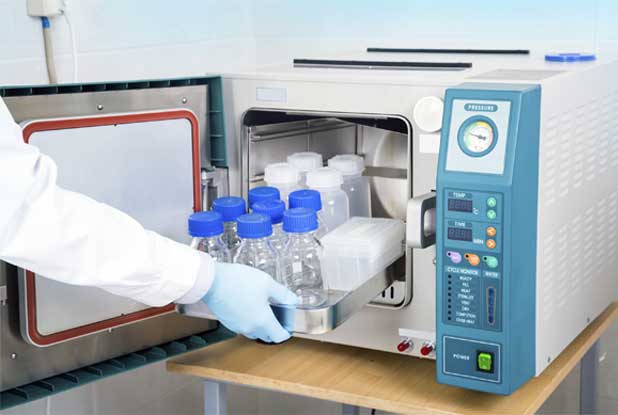

Laboratory ware should be free from contamination before it is put to use. Contaminated items can contribute significantly to analytical errors. Aspects of cleaning of laboratory glassware have been discussed in an earlier article. In recent years plastic ware has gained marked presence in laboratories and because of basic differences from glassware it requires a different set of practices for cleaning. The cleaning practices adopted will depend on the analysis requirements and also the type of plastic material.
Today’s article makes recommendation on cleaning practices based on the analysis requirements as well as the material from which the item is fabricated.
General Recommendations
Plastic ware should not be treated with strong acids or heated on naked flames or hot plates for cleaning. It is possible to microwave the vessel but the vessel should be filled with microwave absorbing material such as water before putting inside the microwave oven. In case sterilization is necessary consult the material properties chart to ensure if the material can be autoclaved.
Majority of plastic ware items can be cleaned using warm water and a mild detergent. Do not use abrasive cleaners, hard brushes or scouring pads which can lead to scratches on surfaces. It is sufficient to use a mild alkaline detergent. Strong alkaline cleaning agents should not be used on polystyrene and polycarbonate products. In case an automatic washing machine is used do not exceed wash temperature beyond 60 deg C otherwise accuracy of volumetric plasticware can get affected. Ultrasonic cleaners can also be used but the item(s) to be cleaned should not rest on the bottom of the tank. Use of a cleaning basket is recommended.
Recommended cleaning practices for different contaminants
The cleaning practices to be adopted depend on the requirements of the analysis, that is, on the nature of residues on the plastic items.
Trace Metal Cleaning
It is well-known fact that plastic gets less contaminated than glass on contact with sample solutions. Soak the plastic ware in 1:1 hydrochloric acid for around 3 hours followed by soaking in 1:1 nitric acid bath for similar time interval. Remove and rinse it with de-ionized water. If found necessary, for greater contamination, soaking period can be extended for longer periods, say 8 to 10 hours.
Organic Matter
Chromic acid solution prepared by dissolving sodium dichromate in water and adding sulphuric acid can be used for soaking plastic ware for the removal of organic matter. Soak only for short period of about 4 hours as longer soaking can embrittle the plastic material. The solution can be reused till it loses its cleaning power and attains a greenish colour.For removal of trace levels of organics prior to reuse the item can be rinsed with an organic solvent such as alcohol or chloroform before final rinse with deionized water.
Oils and Grease
Washing of laboratory plastic ware with mild non-alkaline detergent generally serves to remove oil and grease. Soak in detergent water (5 – 20 % concentration) for about 3 to 4 hours, wash gently with tap water followed by deionized water. Avoid use of brushes, scouring pads or any other abrasive cleaners.
In case a more rigorous cleaning becomes necessary organic solvents can be used but their use should be avoided with items made from polycarbonate, polystyrene or LDPE.
Some plastic items like micro pipette tips and sample tubes made of plastic materials are disposable. However, as a responsible chemist you should autoclave such items prior to disposal if such items have been used in handling hazardous microbiological materials. In other cases where such items are meant for reuse their cleanliness should be validated before reuse.


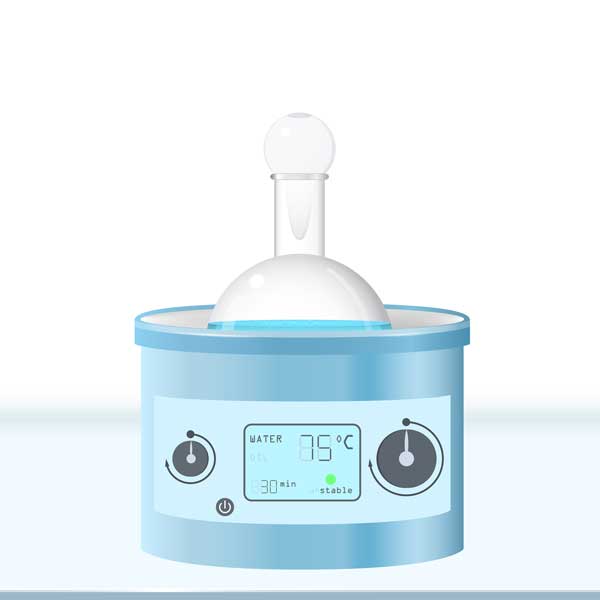
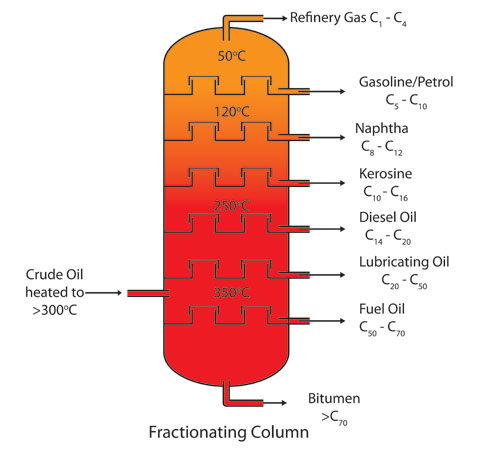
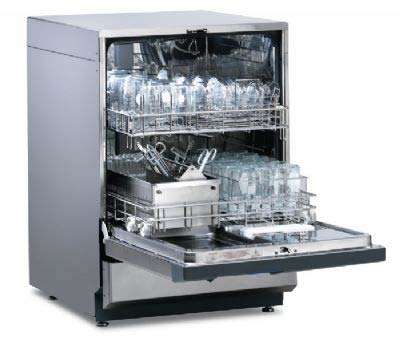
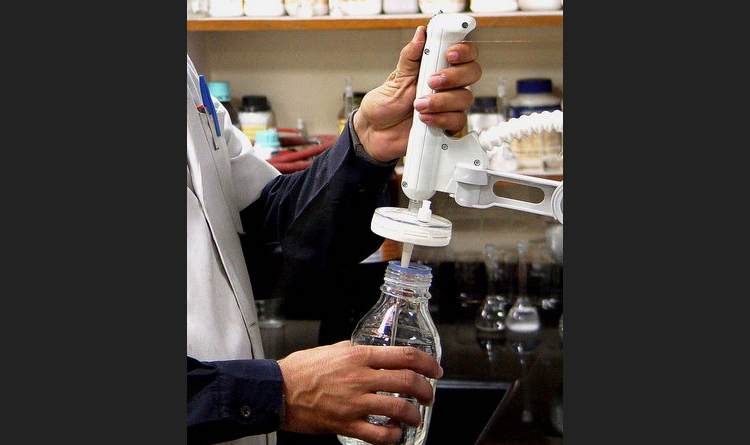
Sir,
How to clean reagent tubes used in semi auto analyzer?